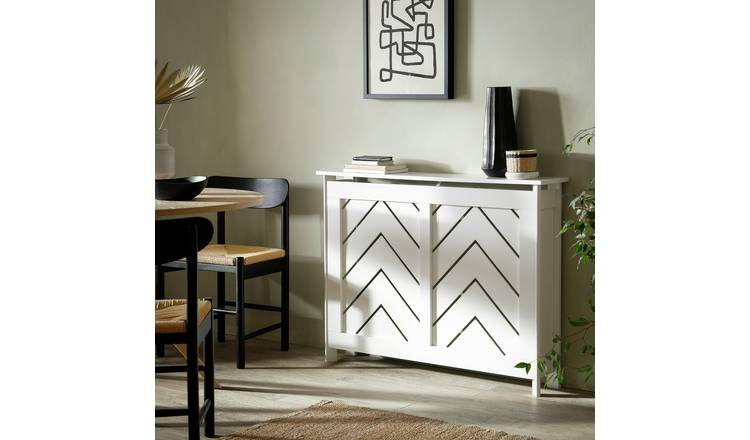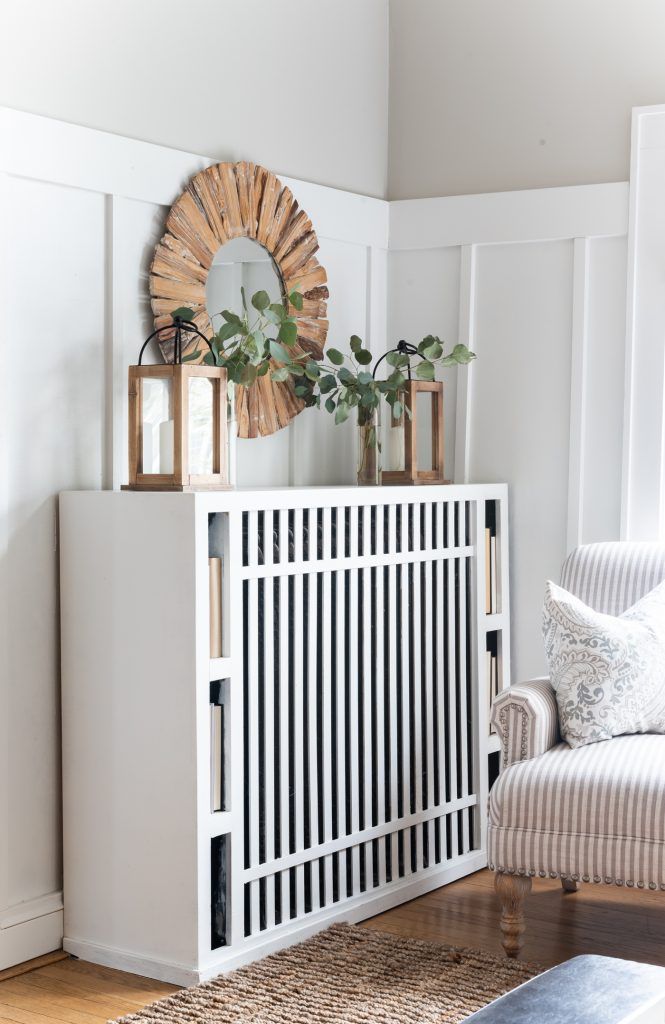Choosing the Perfect Radiator Cover: A Comprehensive Overview
Choosing the Perfect Radiator Cover: A Comprehensive Overview
Blog Article
Radiator Covers: Recognizing Materials, Styles, and Advantages
Radiator covers serve both practical and aesthetic purposes within a home, providing an array of products such as mdf, metal, and wood to suit various design choices. Picking the right radiator cover includes understanding the subtleties of materials, styles, and their connected advantages.
Kinds of Products


Wood covers, often crafted from woods such as oak or maple, supply a classic, warm look that enhances standard insides. Their longevity and capability to be tarnished or painted add to their convenience. Metal covers, generally made from steel or light weight aluminum, are preferred for their robustness and modern look, frequently including streamlined lines that improve contemporary areas.
MDF, a produced wood item, is prominent for its cost-effectiveness and ease of personalization. It can be repainted or ended up to match existing design while using a smooth surface area. Plastic covers, while much less common, are lightweight and immune to wetness, making them appropriate for moist settings.
Eventually, the option of material for a radiator cover ought to align with the house owner's style choices, useful needs, and the certain environment where the cover will certainly be mounted. Each material uses an unique personality, ensuring that there is a choice to suit every preference and setup.
Popular Design Styles
Highlighting aesthetic appeal, popular layout styles for radiator covers show a series of preferences and interior decoration fads. Standard styles frequently include elaborate woodwork and luxuriant describing, making them ideal for traditional or vintage-inspired insides. These covers usually integrate sculpted elements, giving a warm and inviting feel to any space.
On the other hand, contemporary styles concentrate on minimal appearances, identified by clean lines and downplayed sophistication. Materials such as metal or smooth wood with a smooth coating are commonly made use of, permitting these covers to blend effortlessly right into modern spaces. Industrial styles, on the other hand, accept resources like revealed steel and concrete, adding a strong statement to loft space or metropolitan settings.
For those looking for an one-of-a-kind touch, bespoke designs supply personalization options that cater to specific preferences, enabling home owners to pick shades, patterns, and materials that match their decor. Furthermore, farmhouse-style covers integrate rustic aspects, featuring distressed timber and easy kinds that evoke a comfy, country beauty.
Benefits of Radiator Covers
Radiator covers not only boost the visual charm of a space but also supply a number of sensible advantages that make them a beneficial addition to any type of home. One of the primary advantages is safety and security, specifically in households with pets or kids. Covers lower the danger of burns from warm radiator surface areas, making sure a safer environment.
Furthermore, radiator covers can boost energy effectiveness. By routing heat into the area as opposed to permitting it to run away, they help maintain a constant temperature, reducing heating prices with time. This is specifically helpful in older homes where radiator systems may be less efficient.
One more noteworthy advantage is sound decrease. Radiators can sometimes create unwanted audios throughout procedure, and covers can assist smother these noises, adding to a more calm space. Radiator covers can be functional, providing added storage space or display area, consequently optimizing the energy of often-overlooked locations.
Last but not least, they can safeguard radiators from dirt and debris, Recommended Reading which can hinder effectiveness and boost upkeep requirements. With these combined advantages, radiator covers become a sensible solution for boosting both the capability and style of any type of home atmosphere.
Installation Considerations
Setting up radiator covers needs cautious factor to consider to make certain both performance and security (Radiator cover). Analyze the dimensions of your radiator and the surrounding area to make certain a correct fit. Precise measurements are essential; an ill-fitting cover can block heat flow or create safety threats
Following, assess the product of the cover. While timber uses visual charm, steel choices might provide much better durability and warmth resistance. Consider the weight of the cover too; heavier covers may require extra support or reinforcements to stay clear of sagging or damages with time.
Air flow is another critical facet. Covers need to include appropriate air flow to stop getting too hot and keep efficient heating. Try to find designs with slats or openings that enable heat to circulate without blockage.
Additionally, make sure that the cover is safely installed to protect against mishaps, especially in homes with youngsters or pets. Radiator cover. It's advisable to comply with the maker's installation standards very closely and, if essential, consult an best site expert for intricate installments
Upkeep and Care Tips
Appropriate maintenance of radiator covers is important for ensuring their long life and ideal performance. For painted or wood covers, consider an ideal polish or protective layer to preserve their appearance.
Check the covers regularly for indicators of wear or damages, such as cracks or peeling off paint. Resolving these problems immediately can avoid further degeneration. Guarantee that the covers are safely fastened and look for any kind of loosened screws or fittings, as resonances from the radiator can loosen them gradually.
In cooler months, prevent positioning hefty objects or attractive products on top read of the radiator covers, as this can hinder warmth circulation and create unnecessary stress to the structure. Lastly, consider seasonal upkeep by removing the covers for detailed cleaning and assessment during warmer months when the furnace is inactive. Adopting these simple treatment pointers will enhance the efficiency and aesthetic allure of your radiator covers, ensuring they offer their objective successfully for years to find.

Conclusion
In summary, radiator covers offer as functional and aesthetic improvements to property spaces. Careful factor to consider of setup and upkeep additional makes certain the durability and effectiveness of radiator covers in any kind of home setting.
Radiator covers serve both visual and practical functions within a home, supplying a variety of products such as hardwood, steel, and MDF to match numerous style choices. Selecting the ideal radiator cover entails comprehending the subtleties of products, styles, and their linked benefits.Stressing visual appeal, preferred design styles for radiator covers show a range of preferences and interior layout patterns.Radiator covers not only boost the aesthetic appeal of an area but also offer a number of sensible benefits that make them a worthwhile enhancement to any home. Take into consideration the weight of the cover as well; heavier covers might need extra support or supports to prevent sagging or damages over time.
Report this page